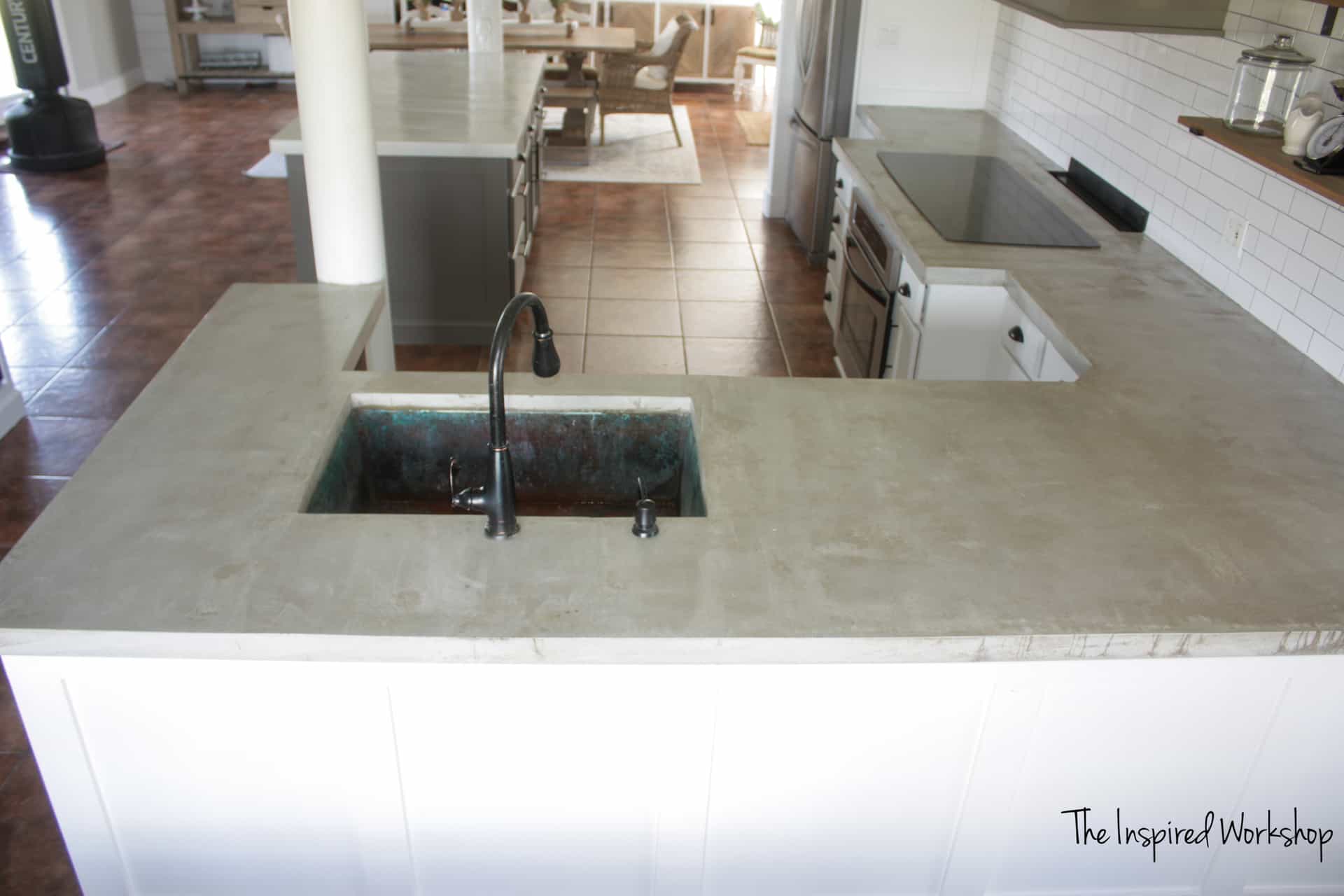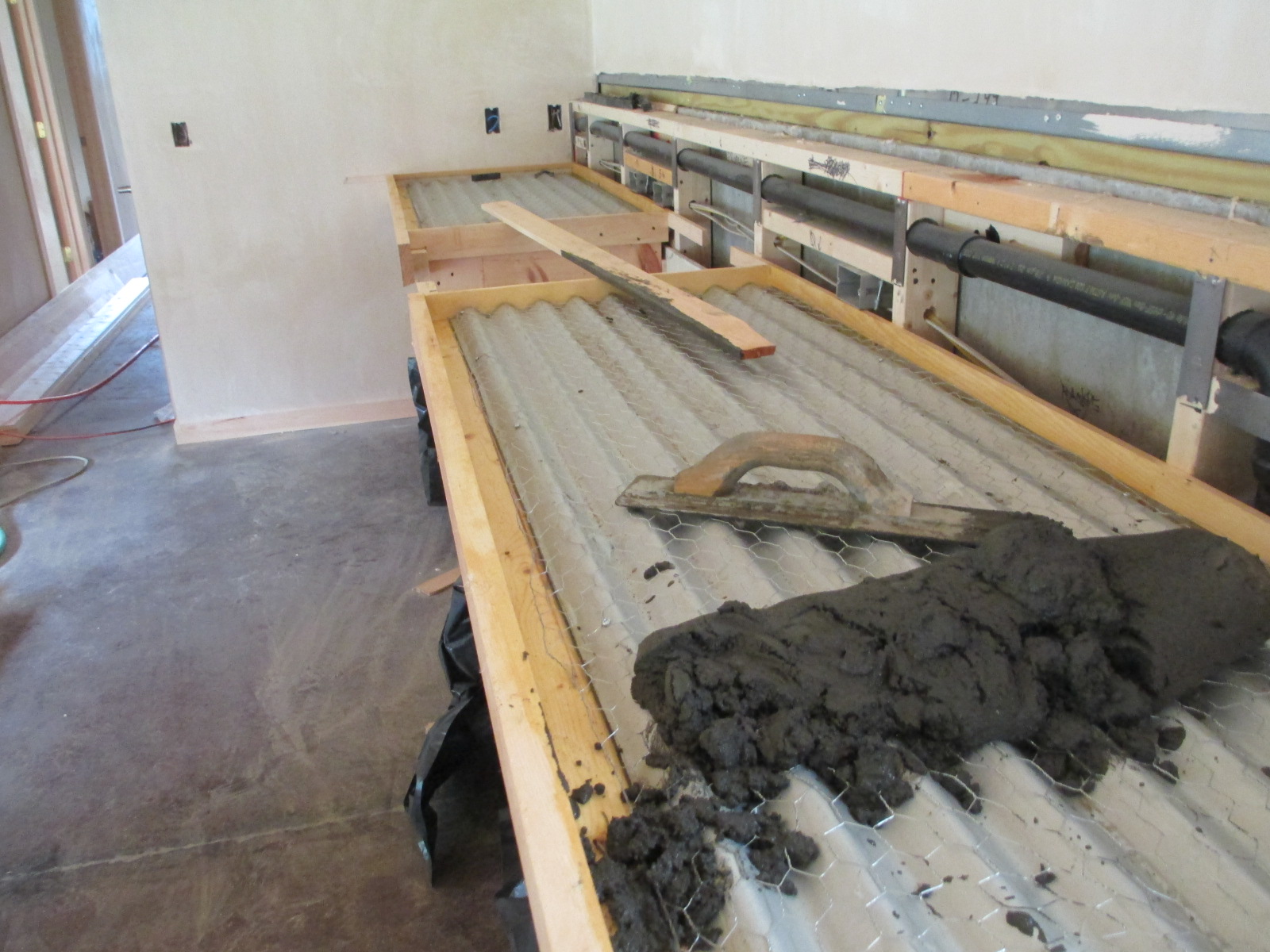Preparing the Bathroom Floor
![]()
A level and clean bathroom floor is essential for a successful concrete floor installation. A smooth surface ensures even distribution of concrete, preventing cracks and unevenness. A clean surface allows for proper adhesion of the concrete to the existing floor, creating a strong and durable bond.
Preparing the Existing Floor
The existing floor needs to be thoroughly prepared before pouring the new concrete. This involves removing old flooring, cleaning debris, and patching any cracks or imperfections.
- Remove Old Flooring: Remove all existing flooring, including tiles, linoleum, or wood. This ensures a clean and even surface for the new concrete. Use a hammer and chisel or a floor scraper to remove tiles. For linoleum or wood, you may need to use a utility knife or a floor sander.
- Clean Debris: After removing the old flooring, sweep and vacuum the floor thoroughly to remove any remaining debris, dust, or dirt. This ensures a clean surface for the new concrete to adhere to.
- Patch Cracks: Patch any cracks or holes in the existing floor using a concrete patching compound. This will ensure a smooth and even surface for the new concrete.
Ensuring Proper Drainage and Slope
Proper drainage is crucial for a bathroom floor. It prevents water from pooling and creating a slippery surface, reducing the risk of accidents. A slight slope towards the drain is necessary to ensure water flows away efficiently.
- Check Existing Drain: Inspect the existing drain to ensure it is functional and properly positioned. A clogged drain can lead to water pooling, making the floor slippery and creating a potential safety hazard.
- Create a Slope: Use a level and a trowel to create a slight slope towards the drain. Aim for a slope of at least 1/4 inch per foot. This will ensure that water flows away from the center of the room towards the drain.
Choosing the Right Concrete Mix: How To Concrete Bathroom Floor

Choosing the right concrete mix is crucial for ensuring the durability and longevity of your bathroom floor. The strength, water resistance, and workability of the concrete will directly impact the overall performance of your bathroom floor.
Types of Concrete Mixes
Different types of concrete mixes are available, each with unique properties and suitability for specific applications.
- Pre-mixed concrete: Pre-mixed concrete is a ready-to-use mixture that comes in bags and requires only the addition of water. It is convenient for small projects like bathroom floors, as it eliminates the need for mixing and ensures consistent quality.
- Ready-mix concrete: Ready-mix concrete is delivered in trucks and is typically used for larger projects. It offers greater flexibility in terms of volume and can be customized to meet specific strength and durability requirements.
- DIY concrete mixes: DIY concrete mixes allow you to control the proportions of cement, sand, and aggregate, offering greater customization. However, it requires more effort and expertise to ensure proper mixing and achieve the desired consistency.
Comparing Pre-mixed, Ready-mix, and DIY Concrete Mixes
| Feature | Pre-mixed Concrete | Ready-mix Concrete | DIY Concrete Mixes |
|---|---|---|---|
| Convenience | High | Medium | Low |
| Cost | Medium | High | Low |
| Customization | Limited | High | High |
| Strength and Durability | Good | Excellent | Variable (depending on mixing) |
| Water Resistance | Good | Excellent | Variable (depending on mixing) |
Selecting the Right Concrete Mix, How to concrete bathroom floor
The choice of concrete mix depends on factors such as:
- Strength: Bathroom floors require concrete with a minimum compressive strength of 3,000 psi (pounds per square inch) to withstand foot traffic and furniture weight.
- Durability: Concrete should be resistant to cracking, abrasion, and moisture damage.
- Water Resistance: Bathroom floors are exposed to water and moisture, so choosing a water-resistant concrete mix is essential.
- Workability: The concrete should be easy to pour, level, and finish.
For bathroom floors, a pre-mixed concrete mix with a compressive strength of at least 3,000 psi and a water-resistant formulation is generally recommended.
Pouring and Finishing the Concrete
The next step in the process is pouring and finishing the concrete, which is crucial for achieving a smooth, durable, and level bathroom floor. This step involves a series of actions that must be performed correctly to ensure the desired outcome.
Pouring the Concrete
Pouring the concrete is the first step in the finishing process. It involves carefully placing the concrete mix into the prepared bathroom floor area. This step is important because it determines the initial shape and thickness of the concrete floor. The following steps are involved in pouring the concrete:
- Mixing the Concrete: Ensure the concrete mix is thoroughly mixed according to the manufacturer’s instructions. This ensures the concrete has the right consistency for pouring. Use a concrete mixer or a shovel to blend the mix until it’s uniform in color and texture. If you are using a pre-mixed concrete bag, follow the instructions on the bag.
- Pouring the Concrete: Pour the concrete into the prepared bathroom floor area, starting at one corner and working your way across. Use a chute or a wheelbarrow to pour the concrete. Make sure to spread the concrete evenly across the floor. It is recommended to use a concrete pump for larger projects, as this will ensure the concrete is distributed evenly and efficiently.
- Achieving the Desired Thickness: The thickness of the concrete floor is determined by the project requirements. Use a screed board to level the concrete and ensure the desired thickness is achieved. If the concrete is too thick, it can crack; if it is too thin, it may not be strong enough. The thickness should be consistent throughout the floor.
Compaction and Vibration
Compaction and vibration are crucial steps in the pouring process. They help to eliminate air pockets and ensure a strong and even floor. Here’s why:
- Eliminate Air Pockets: Air pockets within the concrete can weaken the floor and make it prone to cracking. Compaction and vibration force out the air, creating a denser and more durable floor. Air pockets also cause inconsistencies in the finished floor, leading to unevenness and potential trip hazards.
- Ensure a Strong and Even Floor: Proper compaction and vibration distribute the concrete evenly and ensure a smooth, level surface. This is essential for creating a floor that is strong enough to support the weight of bathroom fixtures and furniture.
- Use a Concrete Vibrator: A concrete vibrator is a tool that uses vibrations to compact the concrete and remove air pockets. It is essential for larger projects, but can also be beneficial for smaller projects. Run the vibrator along the floor, ensuring that the vibrations reach all areas of the concrete.
- Manual Compaction: If you are not using a concrete vibrator, you can manually compact the concrete using a tamper or a piece of wood. This method is less efficient than using a vibrator, but it can be effective for smaller projects. The key is to ensure that the concrete is compacted evenly.
Finishing the Concrete Surface
Finishing the concrete surface is the final step in the process. It involves smoothing the surface to create a visually appealing and functional floor. This step involves several techniques, each with its own purpose:
- Screeding: Screeding is the process of using a long, straight board (the screed board) to level the concrete and create a smooth, even surface. The screed board is pulled across the concrete, ensuring the surface is level and at the desired thickness. It is important to use a straight screed board and ensure it is supported properly to achieve a smooth, even surface.
- Troweling: Troweling is the process of using a trowel to smooth and finish the concrete surface. It involves moving the trowel back and forth across the concrete, creating a smooth and polished surface. Troweling can be done in multiple passes, with each pass smoothing the surface further. The number of passes will depend on the desired level of smoothness and the type of trowel used.
- Smoothing Techniques: Several techniques can be used to smooth the concrete surface, including using a float, a hand trowel, and a power trowel. A float is a flat, rectangular tool that is used to smooth the surface of the concrete. A hand trowel is a small, handheld tool that is used to smooth the surface of the concrete. A power trowel is a motorized tool that is used to smooth and polish the concrete surface. The choice of smoothing technique will depend on the desired level of smoothness and the size of the project.

